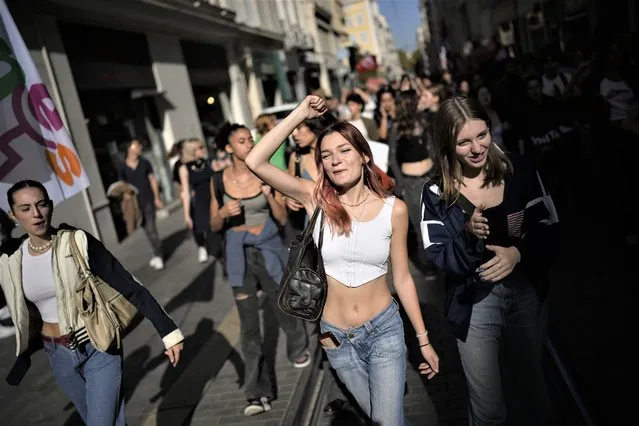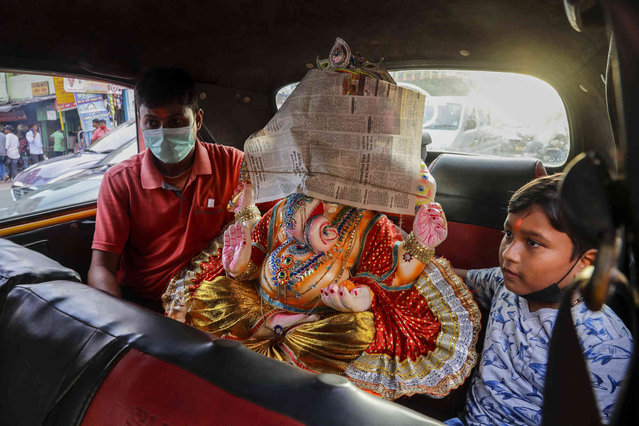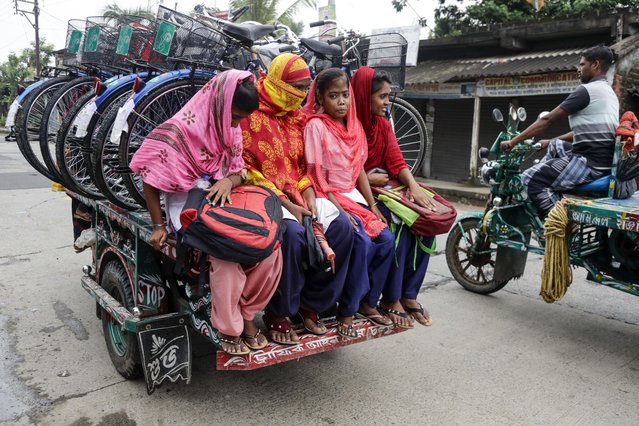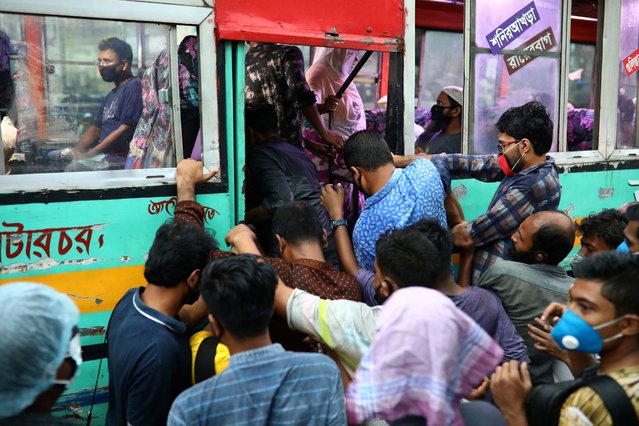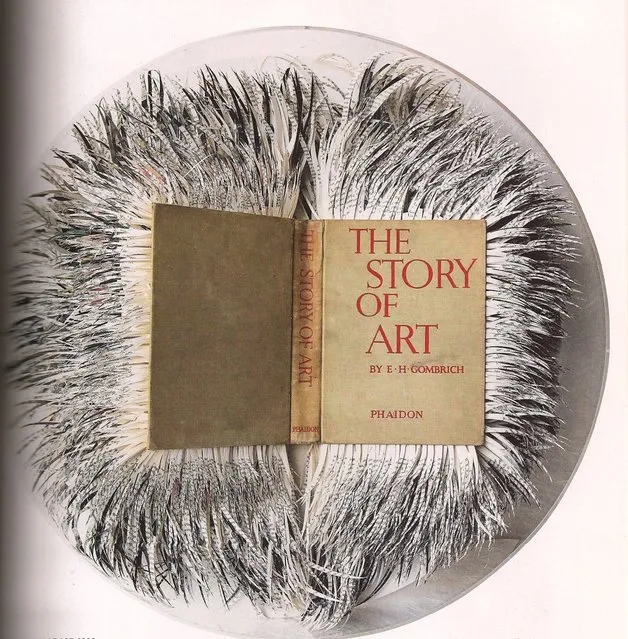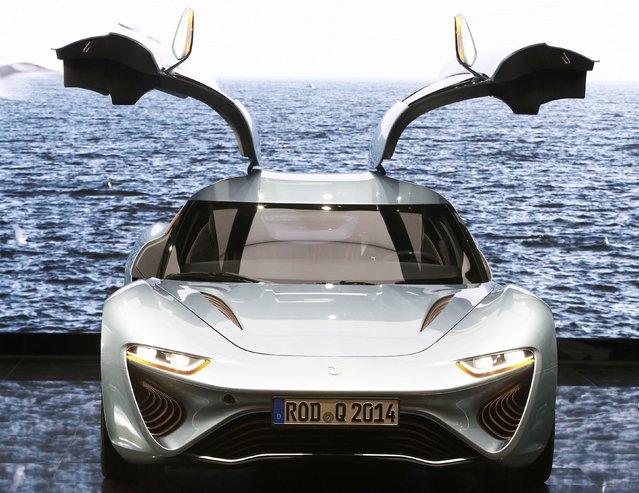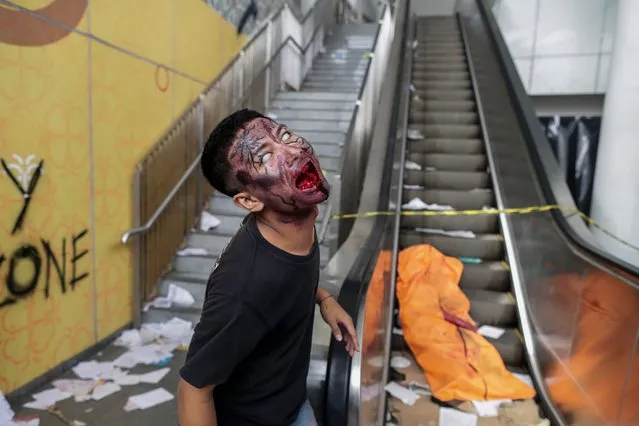
An actor performs as a zombie during the “Train to Apocalypse” event at a Light Rail Transit (LRT) train station in Jakarta, Indonesia, 09 September 2022. The Indonesian capital's LRT operator modified train cars and stations into zombie apocalypse settings to promote the use of public transportations. (Photo by Mast Irham/EPA/EFE/Rex Features/Shutterstock)
07 Oct 2022 04:30:00,post received
0 comments

